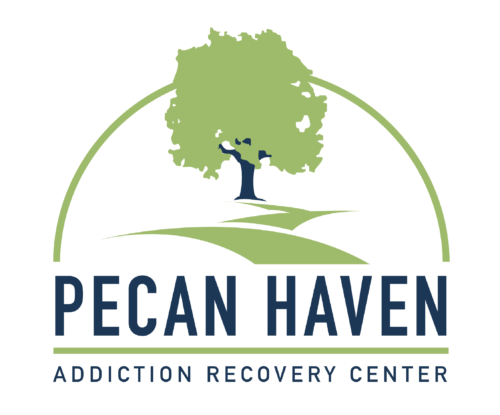There’s no denying the harmful impact of secondhand smoke. Whether you’re a smoker, or someone who’s been exposed to smoke, the risks are real and they extend well beyond immediate harm.
Understanding the dangers associated with secondhand smoke, from its immediate effects to the long-term implications for adults, children, and even unborn babies, may help you to protect others in your life from being around secondhand smoke or even encourage you to stop smoking!
Health risks for adults and children
Secondhand smoke poses an immediate threat to the health of both adults and children. The Centers for Disease Control and Prevention (CDC) highlights that there is no safe level of exposure to secondhand smoke. Even brief exposure can cause immediate harm, leading to various health problems.
For adults who do not smoke, exposure to secondhand smoke increases the risk of heart disease and respiratory conditions. It can exacerbate existing health issues and, in severe cases, result in premature death. Children, whose bodies are still developing and growing, are particularly vulnerable. Secondhand smoke exposure in children can lead to respiratory problems, ear problems, and more severe conditions– even sudden infant death syndrome (SIDS).
Dangers for pregnant women and fetal health
For pregnant women, the dangers of secondhand smoke extend to the health of the unborn child. The CDC emphasizes that exposure to secondhand smoke during pregnancy increases the risk of low birth weight in newborns. This presents significant challenges to the baby’s health and development.
Low birth weight is associated with a higher likelihood of health problems in infancy, and can have lasting effects throughout a child’s life. The importance of a smoke-free environment becomes even more critical during pregnancy in order to protect both the mother and the developing fetus.
Creating smoke-free environments and public health benefits
The significance of creating smoke-free environments cannot be overstated. Implementing and supporting policies that restrict smoking in public spaces, workplaces, and homes contribute to overall public health. When individuals choose to quit smoking, they improve their health significantly, but also contribute to the wellbeing of those around them.
Smoke-free environments have a ripple effect, reducing exposure to secondhand smoke and subsequently lowering the incidence of related health issues. Encouraging smokers to quit and providing resources for smoking cessation can lead to a healthier community.
Understanding the hazards of secondhand smoke
Having a good understanding of exactly how secondhand smoke can harm you and those around you is important for promoting public health. From immediate harm to long-term consequences, the risks associated with exposure affect everyone.
There is a recognized correlation between substance abuse and an increased likelihood of smoking cigarettes, which means that people within recovery spaces may be more likely to also struggle with addiction to nicotine. While many people in recovery tend to be smokers, we’d highly recommend making the effort to quit, when you’re able. It’ll improve your health and your quality of life, and that of those around you, too.
If you’re struggling with substance abuse, there’s no shame in seeking help. That’s what we’re here for. Fill out our online assessment, or give us a call today.
